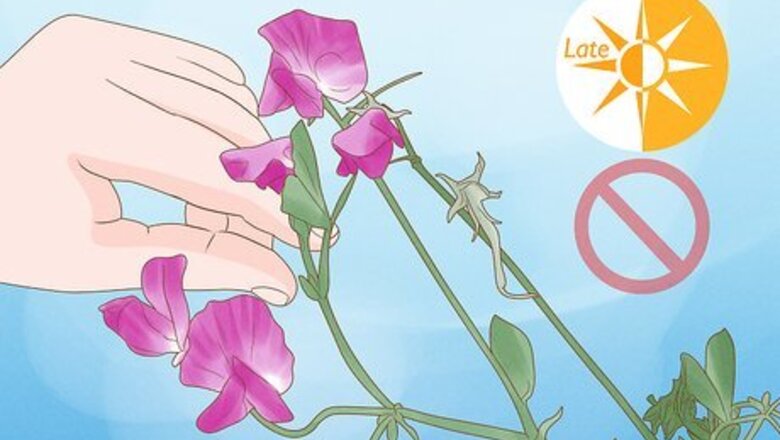
views
Gathering the Pods

Stop picking the flowers to encourage seed production. Picking flowers from a plant encourages more flower production. But to harvest seeds, you need the sweet pea to stop producing flowers and focus its energy on producing pods instead. When the weather becomes hotter and drier later in the summer, stop picking the sweet pea flowers.
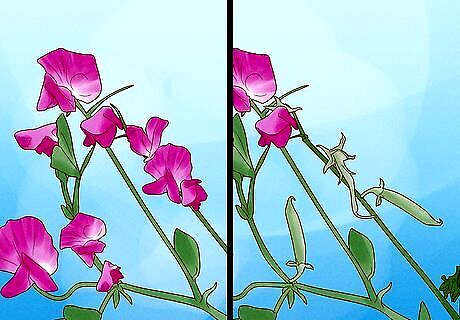
Let the plant go to seed. When you stop harvesting flowers and pruning the sweet peas, they will go to seed. When this happens, the flowers will die off and the sweet peas will start to form pods that are full of seeds. Then, you'll have to wait for the pods to develop and brown before you can pick them.
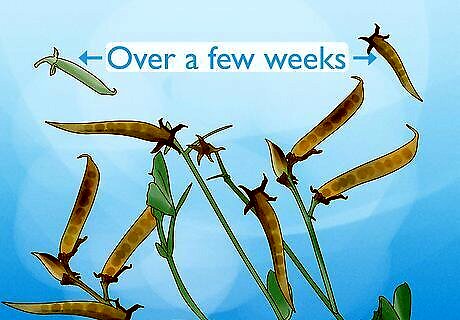
Watch for the pods to go brown. As the pods develop, they will swell as the seeds form inside of them. Leave the pods and the plants alone, and over the course of a couple of weeks, the pods will turn from a light green to a yellowish green to a paper-bag brown.
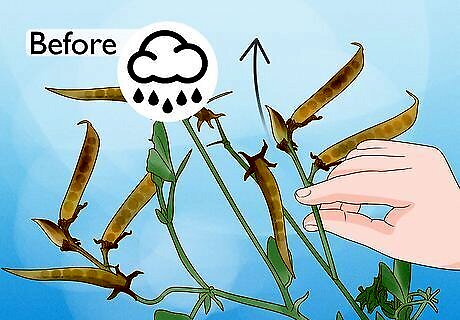
Pick the pods when they're paper bag brown. When the pods change from yellowish green to brown, trim the pods from the flowers using gardening sheers. Trim the pods so there some stem left on them, as this will make them easier to dry. Harvest the pods before the weather turns wet and rainy, because the water can cause the seeds to germinate. You don’t want that if you're looking to save the seeds to plant next year.
Drying and Collecting the Seeds
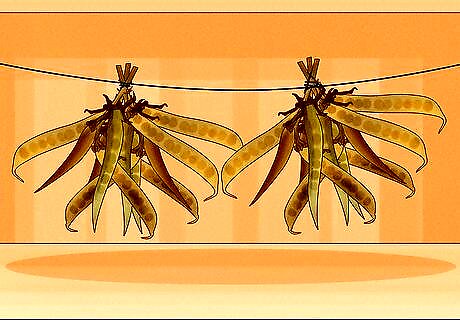
Hang the pods to dry. When you’ve collected the pods, group them into bunches of five to 10. Tie the bunches together by wrapping string or elastic around the stems. Hang the bunches from a clothesline or door handle in a cool, dry place. Use hooks, string, or clothespins to fasten the bunches to the clothesline or handle. Leave the pods to dry for several days to a week, until the pods start splitting open. A good place to dry the pods is a garage or dry basement.
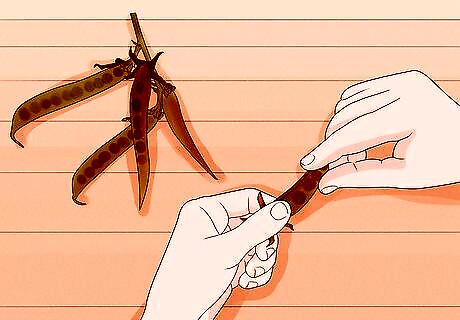
Break open the splitting pods. When the pods have had a few days to dry and are starting to split open, remove them from where they're hanging. Unwrap the elastics holding the bunches together, and lay the pods on a clean cloth. Use your nail or a knife to pry the pods open at the seams.
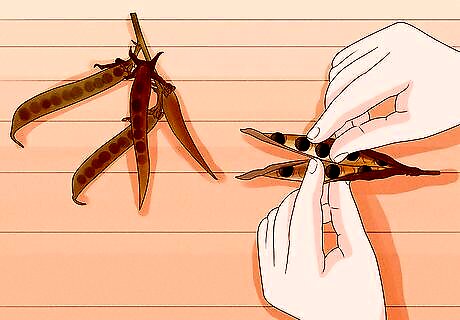
Remove the seeds from the pods. Once the pods have been broken open, pick out the seeds with your fingers or a spoon. Transfer the seeds to another clean towel. Once all the seeds have been harvested, discard the pods or add them to your compost pile.
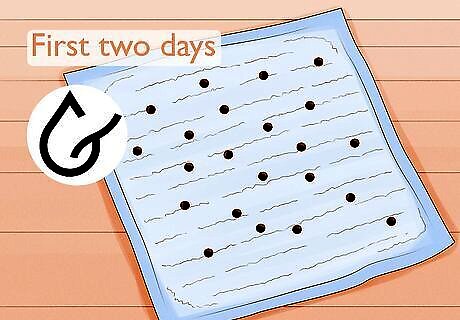
Dry the seeds for another day or two if necessary. Leave the seeds on the towel to dry for another few days in the same cool, dry place where you dried the pods. You want to make sure that all the moisture has evaporated, otherwise the seeds will spoil during storage.
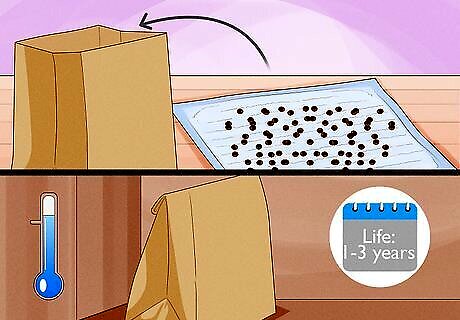
Store the seeds in a cool, dry place. When the seeds are fully dry and are no longer plump or contain moisture, transfer them to an envelope or paper bag for storage. Close the flap and label the envelope with the type of seeds and the date. Store the seeds somewhere cool and dark until you're ready to plant them in the spring. When dried and stored properly, sweet pea seeds will last between one and three years.
Planting the Seeds
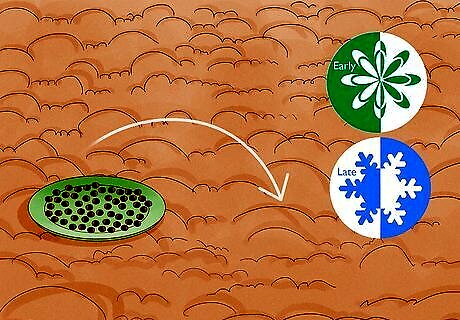
Plant the seeds in late winter or early spring. Sweet peas will do best if they get an early start. As soon as the soil can be worked in the late winter or early spring, get ready to plant the seeds. In climates with mild winters where the ground doesn’t freeze, you can actually plant the seeds in October or November to have early spring flowers.

Select a sunny site with cool soil. Sweet peas like full sun, but they also need to have their roots kept cool. An ideal place for sweet peas is an area that gets full sun, but that has low-growing plants nearby to keep the roots shaded.
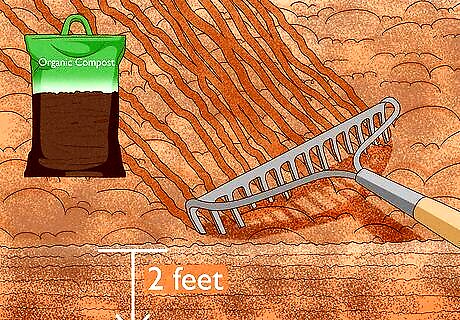
Amend the soil. The best type of soil for sweet peas is a well-draining soil that’s slightly alkaline. Till the garden bed with aged manure or compost before planting. Till the soil to a depth of 2 feet (61 cm). To make the soil more alkaline, sprinkle lime powder over the tilled garden bed.
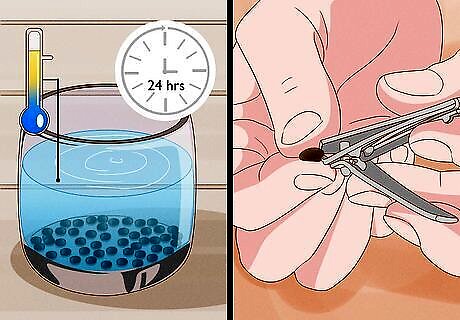
Soak and nick the seeds. The day before you want to plant, soak the seeds in a cup of warm water for 24 hours. Before planting, drain the water and collect the seeds. Use a pair of nail clippers to make a small nick in each seed right before planting. This will speed up the germination process and increase the chances of success when you plant.
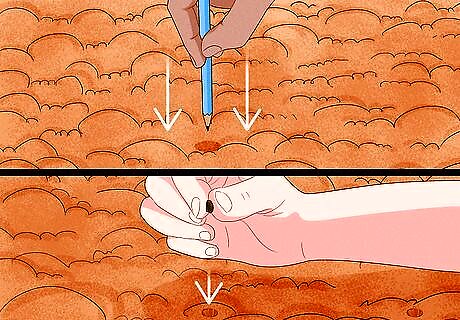
Plant the seeds. Dig a long row in the garden where you want to plant the sweet peas. The trench should be about 4 inches (10 cm) deep. Use the sharpened end of a pencil to poke holes in the soil inside the trench, and then drop a single seed into each hole. Cover the holes with a bit of soil and press down to encase the seeds with soil.
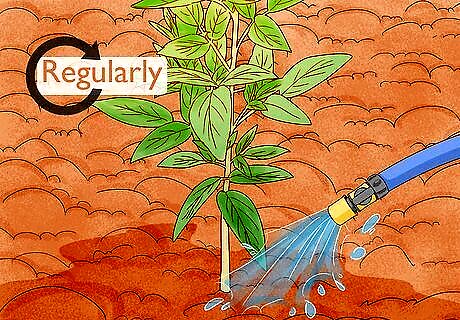
Water the plants regularly as they grow. Sweet peas need moist soil, so be sure to give them plenty of water if you aren't getting much rain. As soon as the soil starts to dry out, water the plants to keep the soil moist, but not soaking wet.


















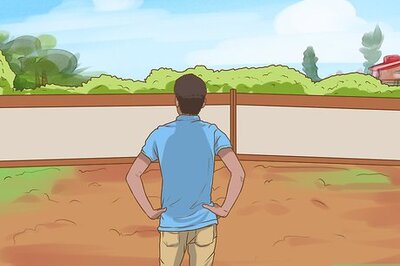

Comments
0 comment